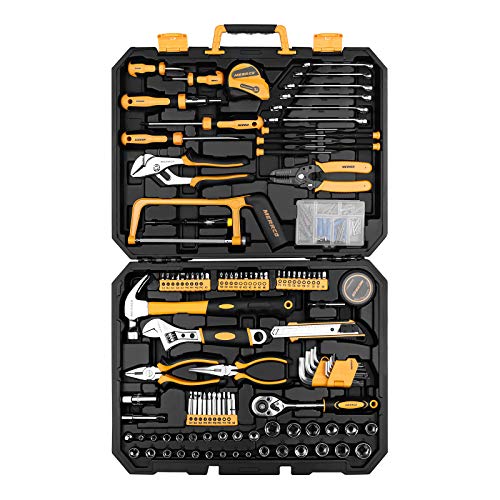DannyB1954
Well-known member
I put a horizontal loop around part of my back yard fed by an antenna tuner.

skyl4rk said:I am using a Bitx40 on a dipole, it seems to work OK, although I have had to fix things and mount it in a box: http://www.hfsigs.com/
I am building it to be a mobile rig using an old metal box I had. I have to say it is not the most robust construction. I have had to fix loosely hanging toroids in both radios I bought. I broke one of the radios but I think I can fix it, waiting on parts. I only recommend this to people who like to work with electronics and ham radios, because you will probably have to work on the thing.
Receive is good so I can listen, even if it does not have a lot of power. It is more something to tinker with than a reliable form of communication. But it does receive well and I have made contacts with 7 watts. You have to wait for good conditions and avoid noisy band areas.
I just got some stuff for my van:
http://www.mfjenterprises.com/Product.php?productid=MFJ-1640t
http://www.mfjenterprises.com/Product.php?productid=MFJ-342T
I'm not expecting much in the way of transmission, but I hope that reception is good with the MFJ hamstick. I will let you know.
Gardenias said:After watching:
and reading some of the comments that followed, I'm revisiting amateur radio.
After reading most of the posts that relate to amateur radio, I learned and came to the conclusion that:
I'll not let my technician class license lapse; and for now, technician class will do.
Fortunately, I still have an icom IC-2sat 144MHz FM transceiver (which was purchased new). I remember using it maybe just once(?) before storing it. I hope that it still works because the new case that came with it is disintegrating.
Of course, I'll have to refresh whatever I'd learned to obtain the license.
Any comments, or suggestions?










Putts said:I have a couple of questions:
I have a step van with aluminum roof. How important is it for the antennas to be centered on the roof to provide a good ground plain? Currently I plan to mount the antennas on a bar across the roof that will allow it to rotate down and flat against the roof when traveling, and can be raised upright with a fitting I can reach with a pole from the side.
I want to place multiple antennas on this mount. How close together can they be and not interfere with each other? Don't want to key the transmitter and blow up the front end of another radio attached to a different antenna.
tx2sturgis said:Switching to VHF/UHF, a good performing dual band antenna will be between 4 and 6 feet long...and it does need to be mounted on the roof if at all possible. Hood mounting is second best, but dont mess with a bumper mount for VHF/UHF....it will perform badly, if at all.
Enter your email address to join: